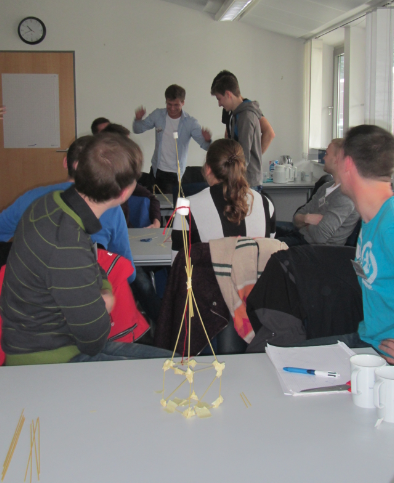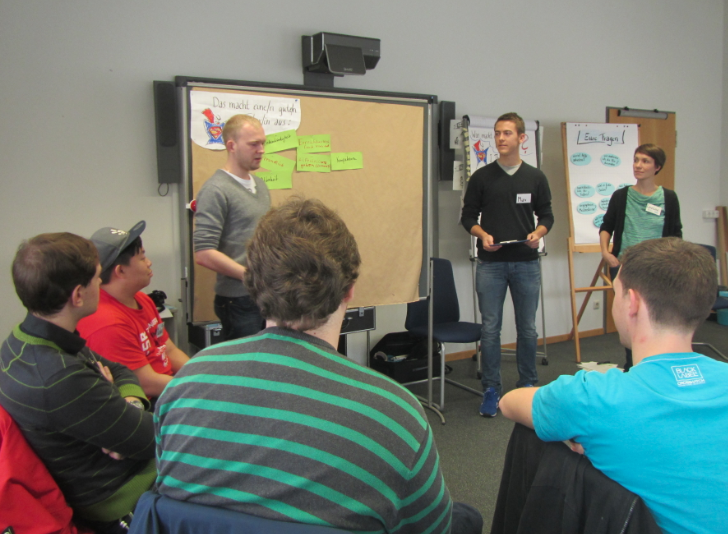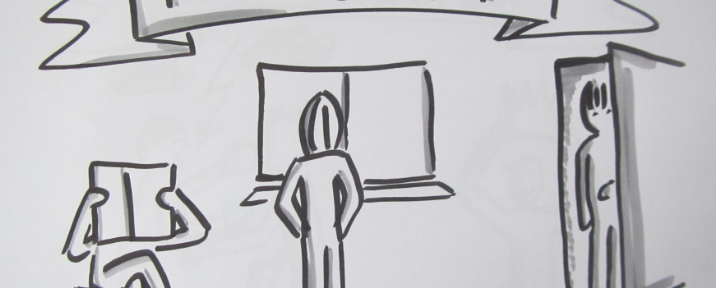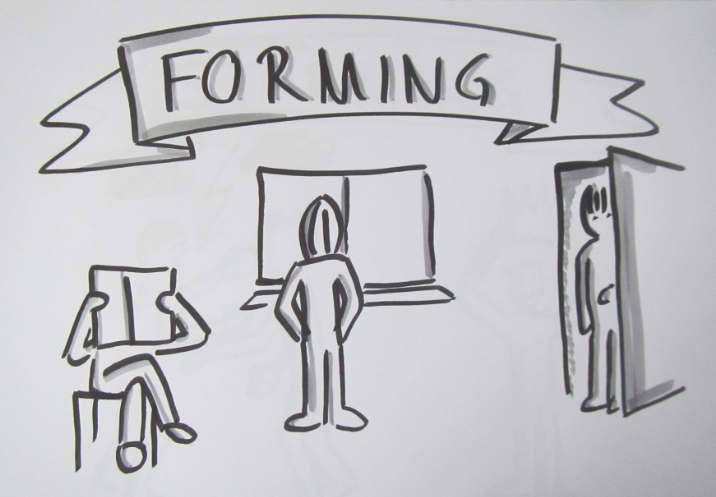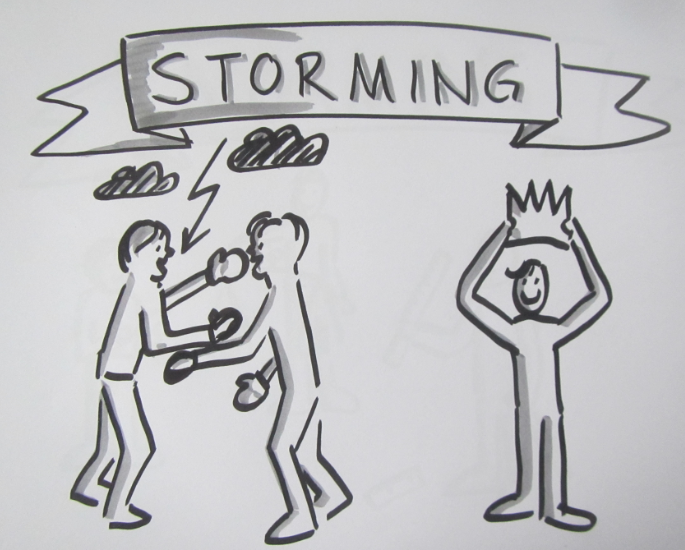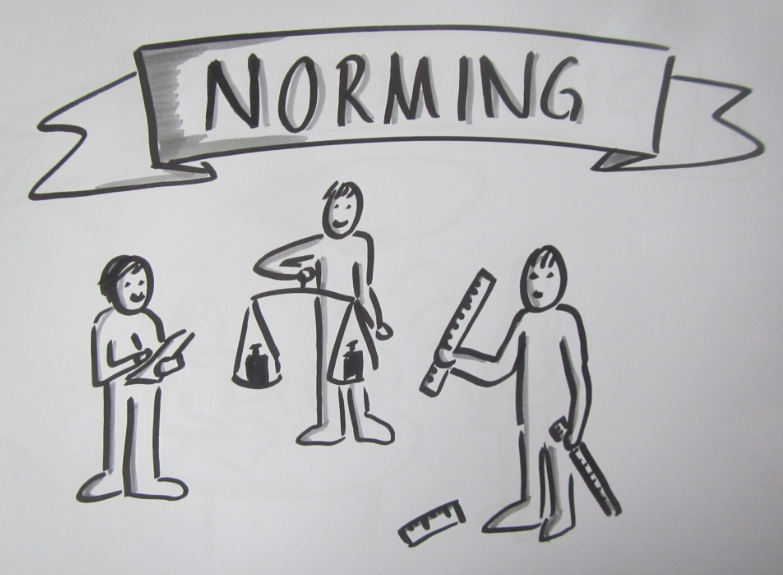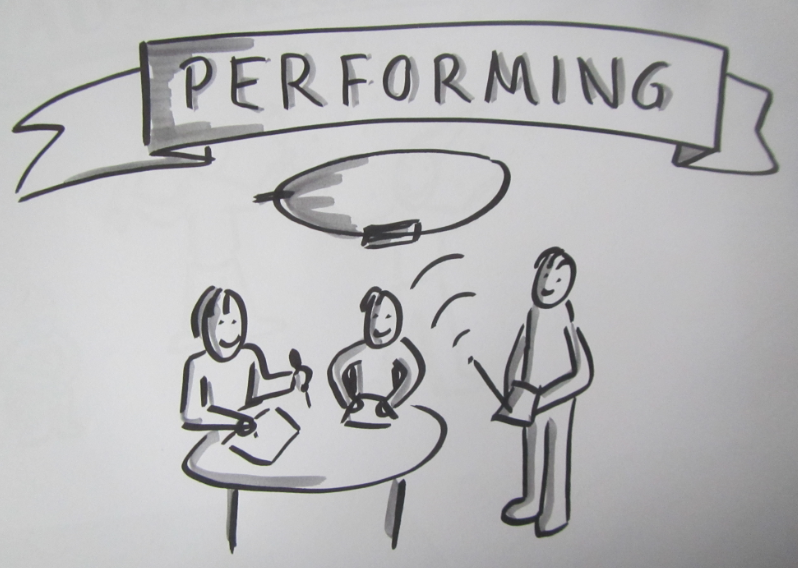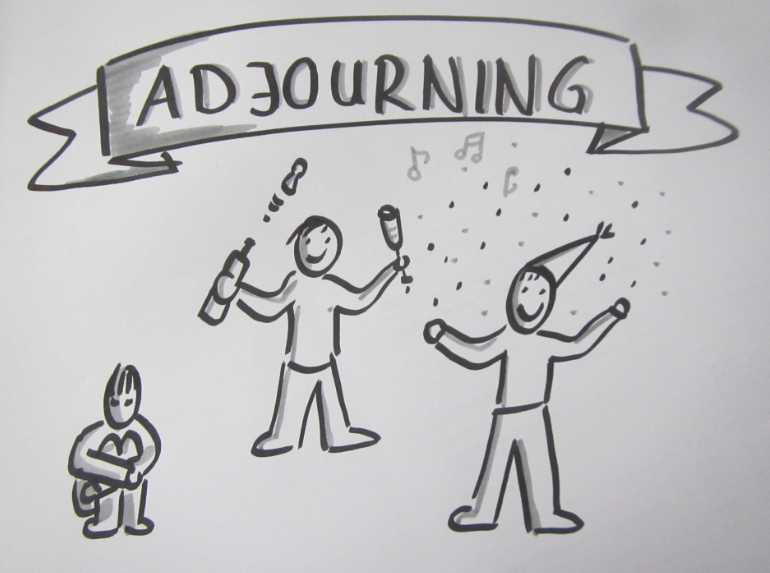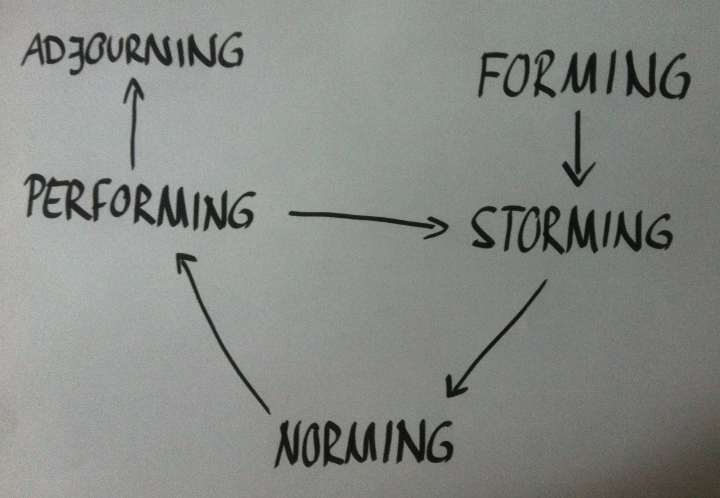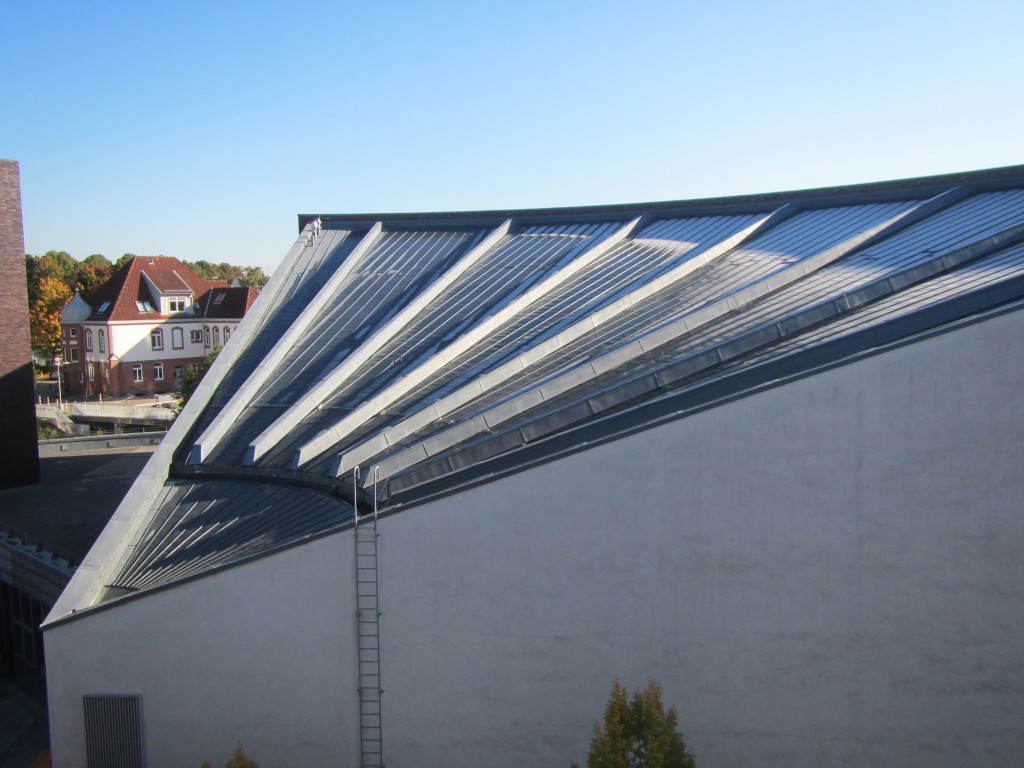Last week my colleague Uta and I had the pleasure to act as a judges in the largest German youth science competition, “Jugend forscht“. Jugend forscht has been around for a long time, and I’ve been familiar with it for quite some time, too: My sister participated a couple of times when she was a teenager, and my mom was the instructor for many many projects over the years. But this was my first direct exposure, and it was so much fun! For a collection of pictures, assembled in a fun movie by TUHH staff, check this out!
Participants, aged between 15 and 21, choose their own topic to do research on. They work on the project, write a short thesis, and then present their work at a science fair. The projects are judged by volunteers with a background in the respective topics of the projects. I got to be the judge on five projects: four in physics and one in Arbeitswelt (and I have no idea how one would call that in English – Wiki suggests “work environment” but I don’t know that one would understand what that is supposed to mean if one didn’t understand the German). And three out of my five projects were actually from the young version of Jugend forscht: “Schüler experimentieren”, where participants can enter as early as fourth grade.
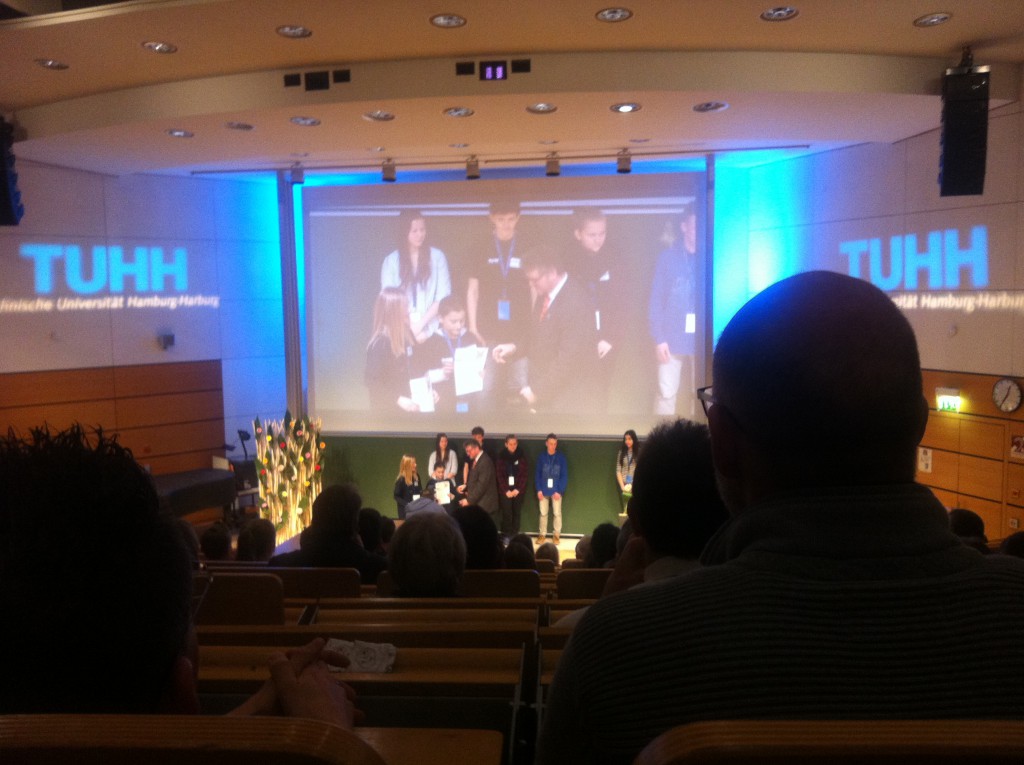
Participants being handed their certificates for their first price! Hamburg University of Technology, February 20, 2016
There were so many great, innovative projects around! But my personal favourite was Lina and Lia’s project: Producing coloured bubbles! The two of them were bored with the white bubbles in their baths and set out to figure out how to make colourful bubbles. Not an easy task, seeing that the colour is actually only in the water/soap mix, not inside the bubbles themselves! But they did brilliantly and even came up with methods to make the foam last longer.
But of course there was this nagging thought in the back of my mind: What if I could make bubbles with colour INSIDE? How would one do that?
Here is my idea. At least grey bubbles should be easy enough to produce: Blow out a candle so that it produces smoke. Blow the smoke through the ring of a soap bubble maker into the bubble. The smoke should stay visible inside the bubble! Right? I think the challenge is that whatever colors the air needs to stay suspended inside the bubble, so any pulverized color won’t be helping as it would just stick to the walls of the bubble. What do you think, any great ideas? Best picture of bubbles with colors inside wins a fantastic price! :-)
Anyway. Congratulations to all participants — you did a great job!
P.S.: Obviously, the above could be achieved much more easily. One could just ask a smoker to exhale into soap bubbles! But we don’t want to encourage anybody to use this as a pretense to smoke, not even for science’s sake… ;-)
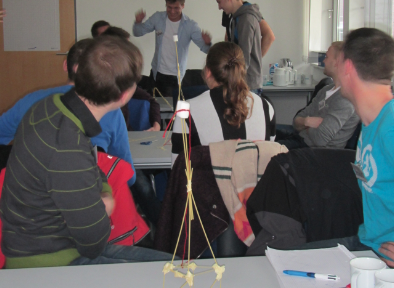
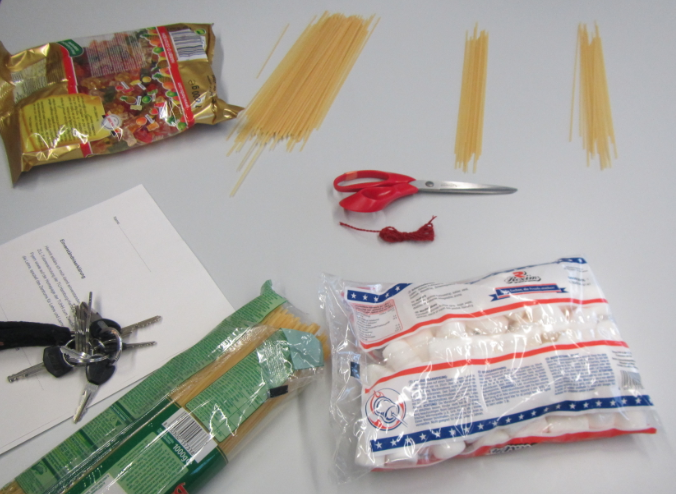
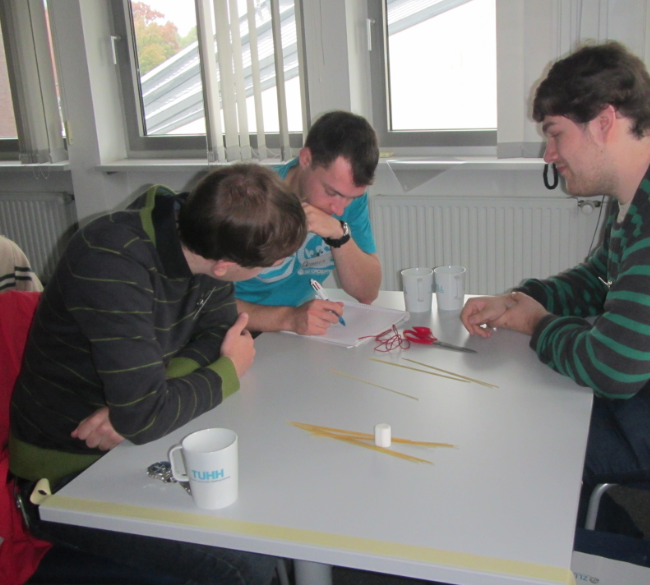 Everybody was busy and 18 minutes flew past! When looking at the schedule for the workshop, it seemed like a lot of time out of the half day to spend on, basically, a game. But there was so much going on!
Everybody was busy and 18 minutes flew past! When looking at the schedule for the workshop, it seemed like a lot of time out of the half day to spend on, basically, a game. But there was so much going on!

